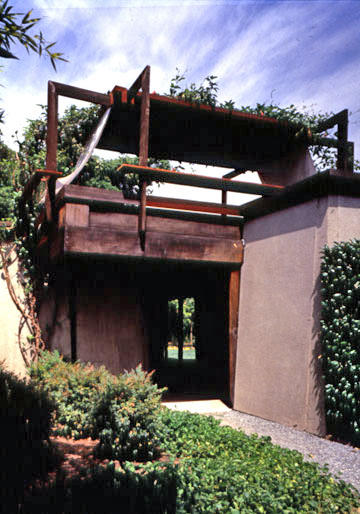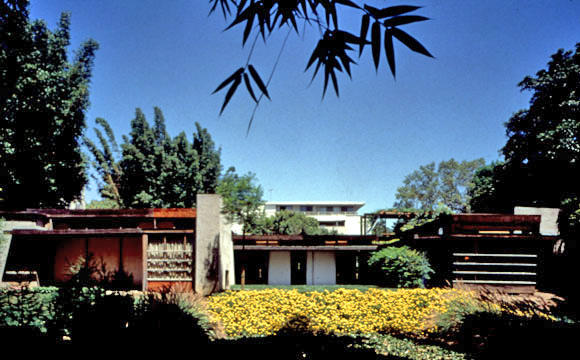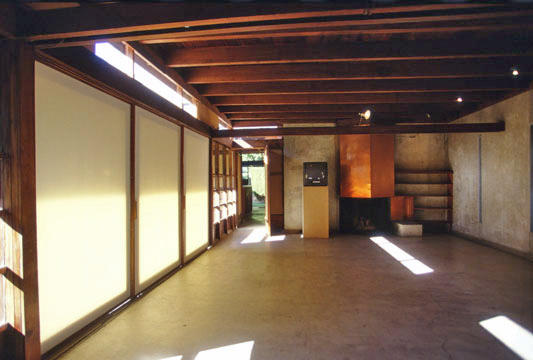Schindler Kings Road House and Studio
2002 World Monuments Watch
Hailed as a masterpiece of early modern architecture, the Schindler Kings Road House & Studio was designed for communal living and exhibits a radical rethinking of conventional domestic space. Built in 1922 by the esteemed modern architect and Viennese émigré Rudolph M. Schindler, the house features an inventive integration of the garden as living space and its salon hosted numerous progressive artistic, musical, and political gatherings. The building was the foundation for Schindler’s realization of fluid indoor/outdoor living, as well as an ongoing reference point for the development of California Modernism. The Schindler House was owned and occupied by the Schindler family from the time of its construction until its acquisition in 1980 by Friends of the Schindler House. Since 1994, the house has served as the primary facility of the MAK Center for Art and Architecture, L.A. Today the Schindler House remains a site for progressive art and thought, and is regarded as one of Los Angeles’s most beloved architectural and cultural landmarks.
By the turn of the twenty-first century, improper drainage around the house had caused the structure to settle and shift. A leaky roof allowed water to penetrate, damaging the wooden structural elements as well as furniture and surfaces inside the building. The Schindler House was included on the 2002 World Monuments Watch in order to increase awareness of its significance and inspire the local and international communities to help secure its structural stability. The house is the only residential site designed by Schindler that is open to the public on a regular basis. As such, it provides a critical and unique study resource within the local, national, and international architectural communities.
Since the Watch
In 2002 the MAK Center secured funding for emergency conservation of the house’s roof and the development of a conservation plan. Its condition improved, the building is still open for visitors.



